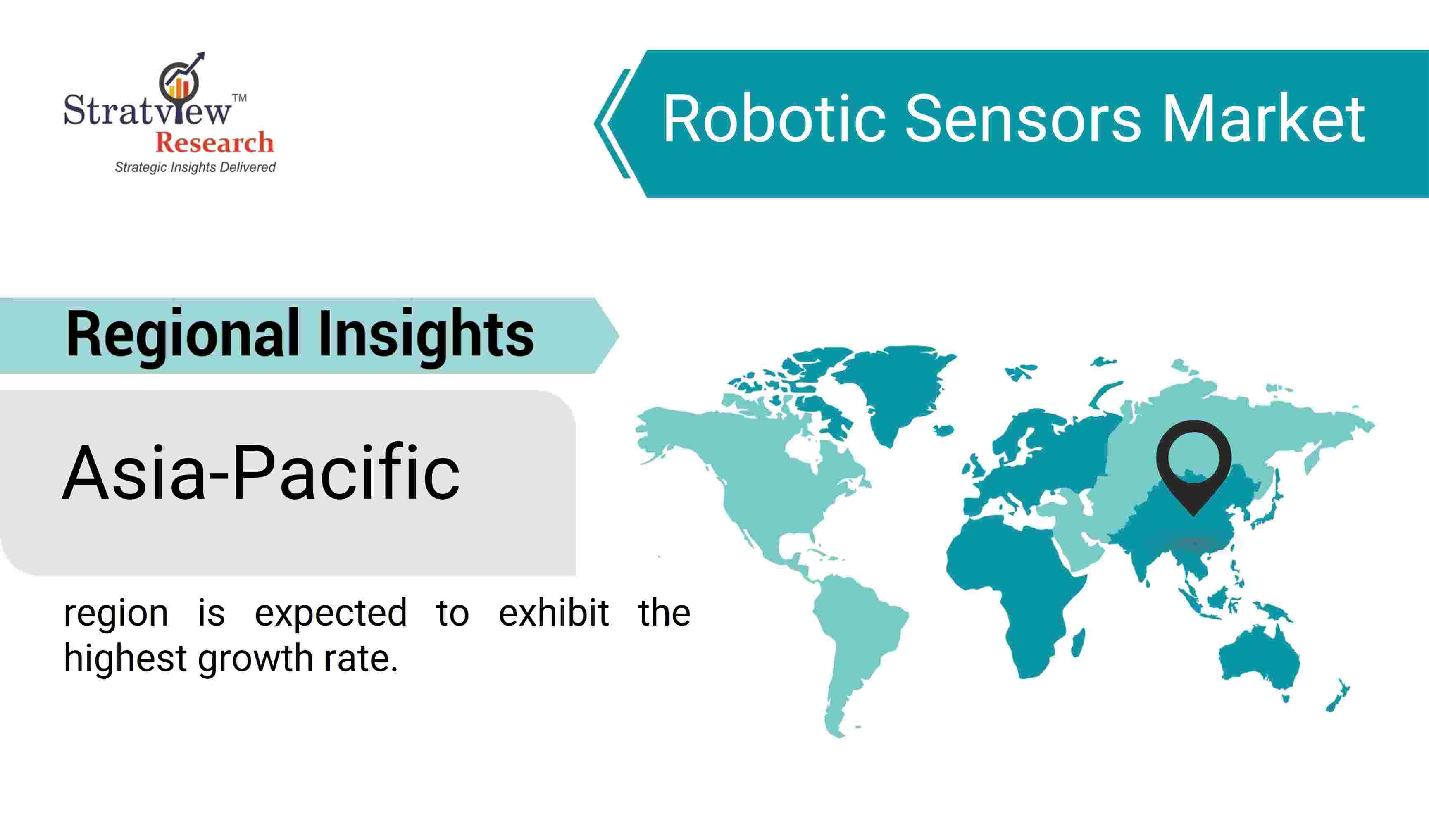The Future of Robotics: Key Trends in the Robotic Sensors Market

As robotics continues to revolutionize industries worldwide, the advancements in robotic sensors are becoming increasingly pivotal. These sensors, which serve as the sensory organs for robots, enable them to interact intelligently with their environment. With the ongoing evolution of technology, several key trends are shaping the future of the robotic sensors market, promising to enhance the capabilities and applications of robots even further.
According to Stratview Research, the robotic sensors market was estimated at USD 1.94 billion in 2022 and is likely to grow at a CAGR of 9.48% during 2023-2028 to reach USD 3.33 billion in 2028.
1. Integration of Artificial Intelligence (AI) and Machine Learning (ML)
One of the most transformative trends in the robotic sensors market is the integration of AI and ML. These technologies enable sensors to not only collect data but also analyze and learn from it. This capability allows robots to make smarter decisions, adapt to new situations, and improve their performance over time. For instance, vision sensors enhanced with AI can recognize objects and patterns more accurately, leading to more efficient automation processes in manufacturing and logistics.
2. Miniaturization and Increased Sensitivity
As industries demand more compact and precise robotic systems, there is a growing trend towards the miniaturization of sensors. Smaller, more sensitive sensors can be integrated into a wide range of robotic applications without compromising performance. This trend is particularly significant in fields like healthcare and consumer electronics, where space and precision are critical. For example, in medical robotics, miniature sensors can facilitate minimally invasive surgeries by providing detailed real-time feedback to surgeons.
3. Advancements in Sensor Fusion Technology
Sensor fusion, the process of combining data from multiple sensors to provide more accurate and reliable information, is gaining momentum. By integrating various types of sensors, such as vision, touch, and force sensors, robots can gain a comprehensive understanding of their environment. This holistic approach enhances their ability to perform complex tasks with greater precision and safety. Autonomous vehicles, for instance, utilize sensor fusion to navigate and make real-time decisions in dynamic environments.
4. Increased Focus on Environmental Adaptability
Robotic sensors are becoming more adaptable to diverse and challenging environments. Innovations in sensor materials and design are enabling robots to operate in extreme conditions, such as high temperatures, underwater, or in space. This adaptability is crucial for expanding the applications of robotics into new domains, including exploration, disaster response, and hazardous material handling.
5. Enhanced Connectivity and IoT Integration
The integration of sensors with the Internet of Things (IoT) is another key trend shaping the future of robotic sensors. IoT connectivity allows sensors to communicate and share data across networks, enabling more coordinated and efficient operations. In industrial automation, IoT-connected sensors can monitor equipment health, predict maintenance needs, and optimize production processes in real-time.
Conclusion
The future of robotics is closely tied to the advancements in robotic sensors. Trends such as AI and ML integration, miniaturization, sensor fusion, environmental adaptability, and IoT connectivity are driving the evolution of these sensors, making robots more intelligent, versatile, and capable. As these trends continue to develop, we can expect to see robots playing an even more significant role in various industries, from manufacturing and healthcare to transportation and beyond. The ongoing innovation in the robotic sensors market promises to unlock new possibilities and redefine the boundaries of automation.
- Whats New
- Shopping
- Wellness
- Sports
- Theater
- Religion
- Party
- Networking
- Music
- Literature
- Art
- Health
- الألعاب
- Food
- Drinks
- Fitness
- Gardening
- Dance
- Causes
- Film
- Crafts
- Other/General
- Cricket
- Grooming
- Technology

